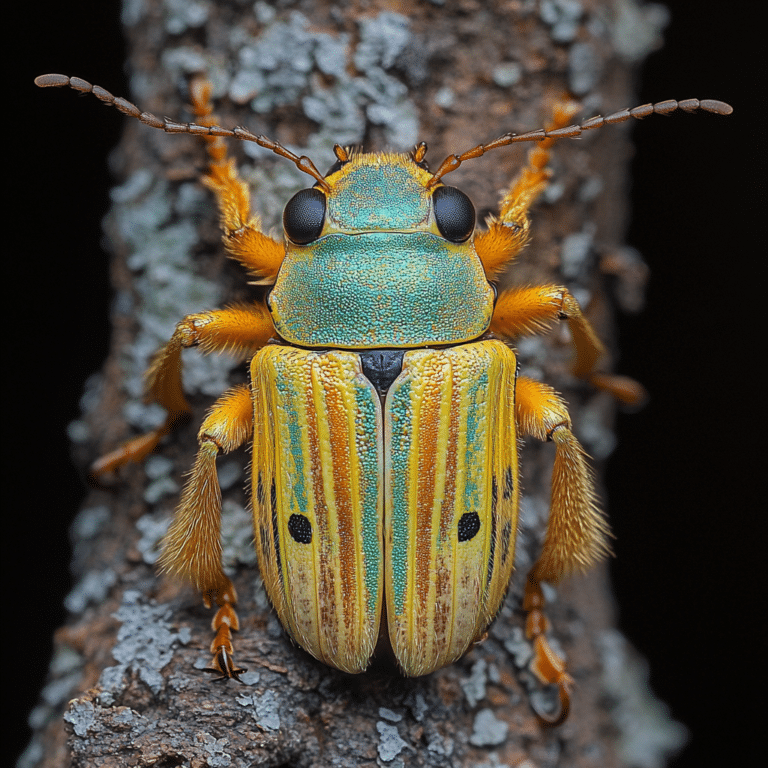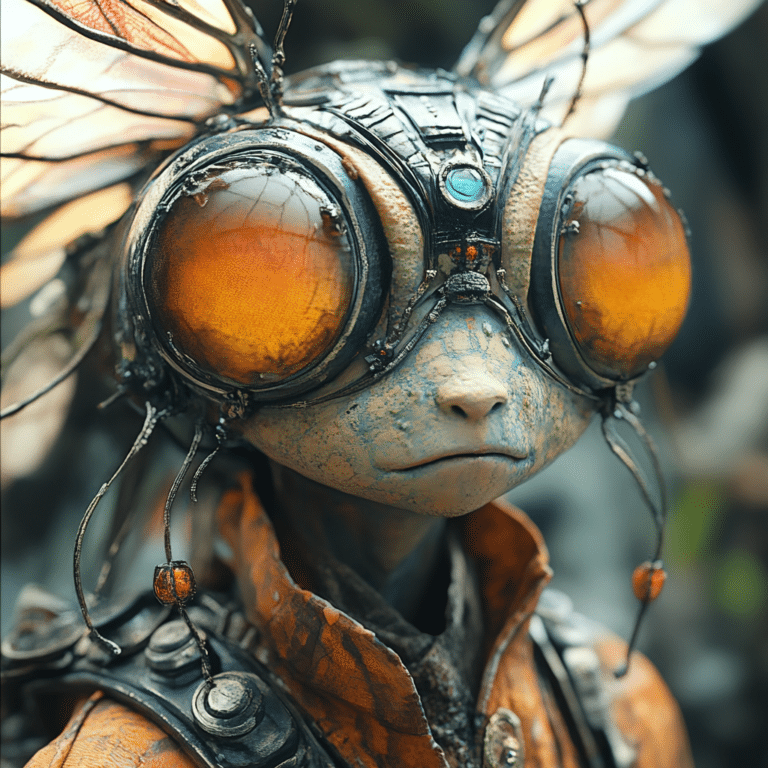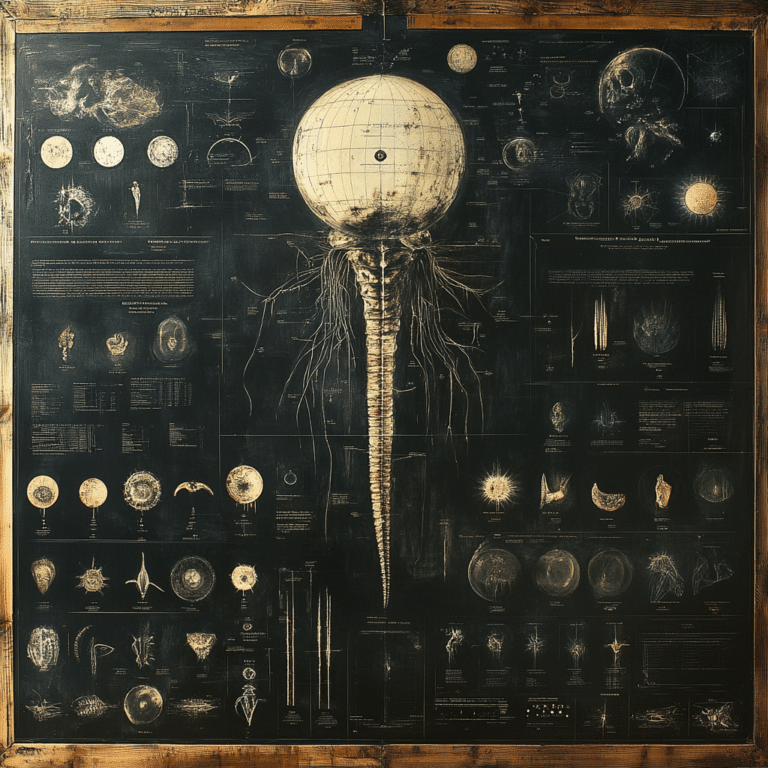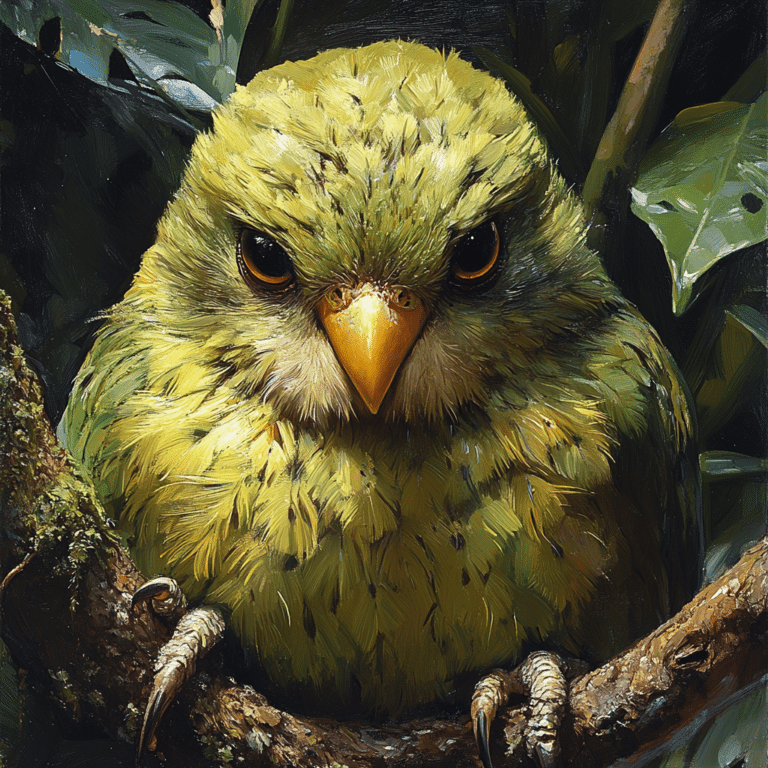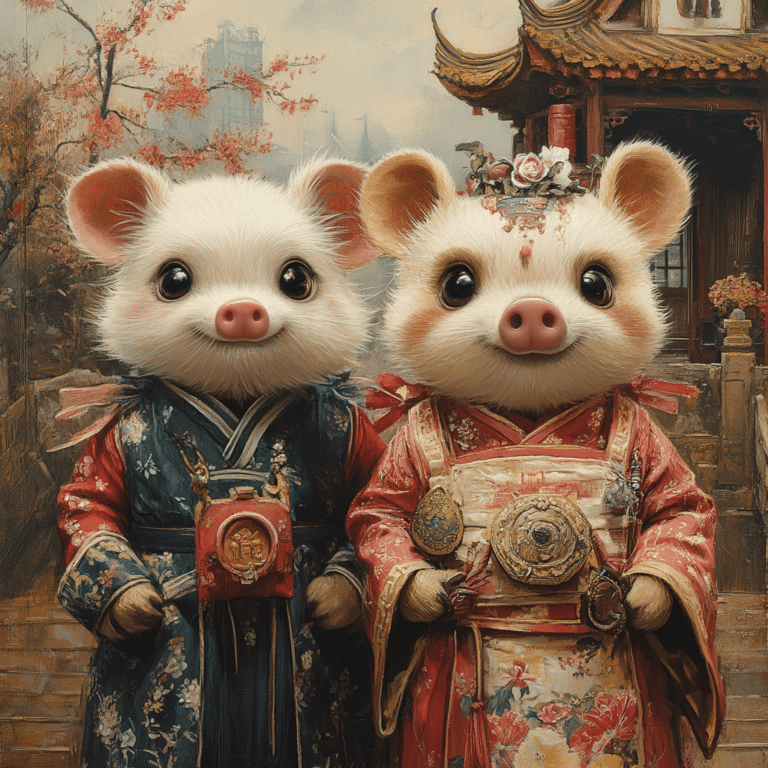The eastern eyed click beetle (Alaus oculatus) is a remarkable insect that draws attention not just for its striking looks but for its essential role in various ecosystems across North America. You’ll primarily spot this beetle in the eastern regions, from the lush fields of Quebec to the sunny corners of Florida and even as far as Texas and South Dakota. It’s not just another bug; this beetle has unique traits and fascinating behaviors that keep scientists and nature lovers alike intrigued. Let’s dive into the captivating world of the eastern eyed click beetle and explore its distinctive characteristics and importance in the ecosystem.
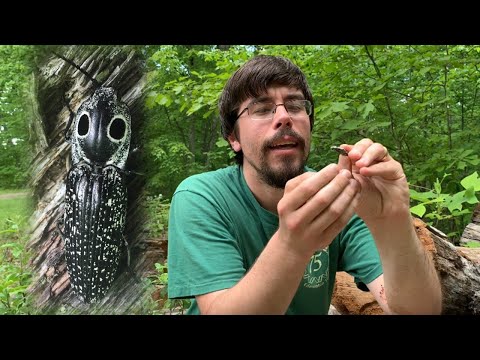
Unique Traits of the Eastern Eyed Click Beetle
Striking Visual Attributes
The first thing you’ll notice about the eastern eyed click beetle is its eye-catching appearance. Those pronounced “eyes” on its thorax look like giant black spots, creating a visual illusion that helps confuse potential predators. This beetle’s shiny, dark-brown exoskeleton and its elongated, flattened body—about an inch long—enhance its ability to blend into the environment, making it look less like a meal and more like part of the foliage. Who’d have thought that such an unassuming insect could wield camouflage so effectively?
Notable Click Mechanism
Have you ever been startled by a loud noise in the woods? That’s similar to what a predator might experience when confronted with an eastern eyed click beetle. When threatened, this beetle flicks its body into an upright position by rapidly contracting specialized muscles. It produces a distinct clicking sound, which can both startle predators and help the beetle right itself if it’s been flipped over. It’s nature’s way of equipping this species with a surprise defense mechanism—talk about evolutionary smarts!
Lifecycle and Metamorphosis
The life of an eastern eyed click beetle unfolds in four key stages: egg, larva, pupa, and adult. After mating—yes, beetles have their romantic moments—females lay their eggs in the soil, where the magic begins with wireworm larvae emerging into the world. These little critters feast on decaying organic material, roots, and, occasionally, healthy plant tissue. The fascinating transition from larva to adult hinges on environmental conditions, making the eastern eyed click beetle’s lifecycle as dynamic as the ecosystems it inhabits.
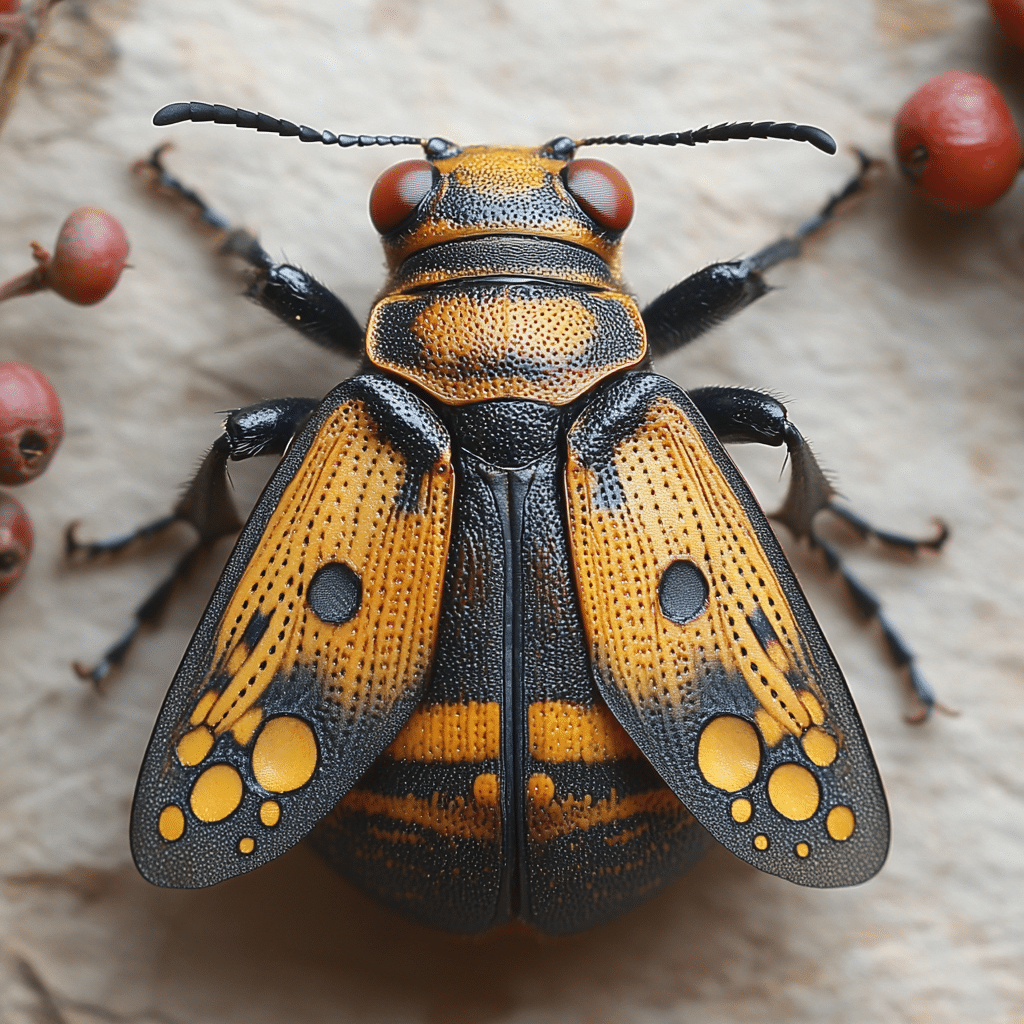
Dietary Preferences and Ecological Role
You might think that a beetle with such a remarkable appearance would have an extravagant diet, but the adult eastern eyed click beetle prefers nectar and pollen. This penchant makes them important pollinators. By visiting various flowering plants, they support biodiversity in their environments, contributing to the intricate web of life around us. On the flip side, the larvae, often viewed as pests due to their root-feeding habits, also play a pivotal role in breaking down organic matter, enriching our soils for future plant growth.
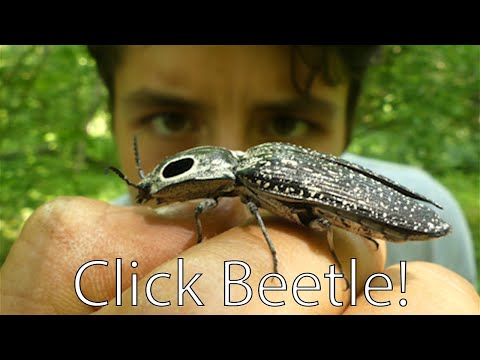
Habitat and Environmental Adaptations
From dense forests to quaint gardens, eastern eyed click beetles adapt to a variety of habitats. They thrive in moist areas loaded with vegetation, which provide both food and hiding spots from curious predators. Their seasonal behaviors are just as interesting. During the cold winters, these beetles hibernate, emerging when the temperatures rise. This dormancy is crucial for their survival, allowing them to time their activities for when conditions are most favorable.
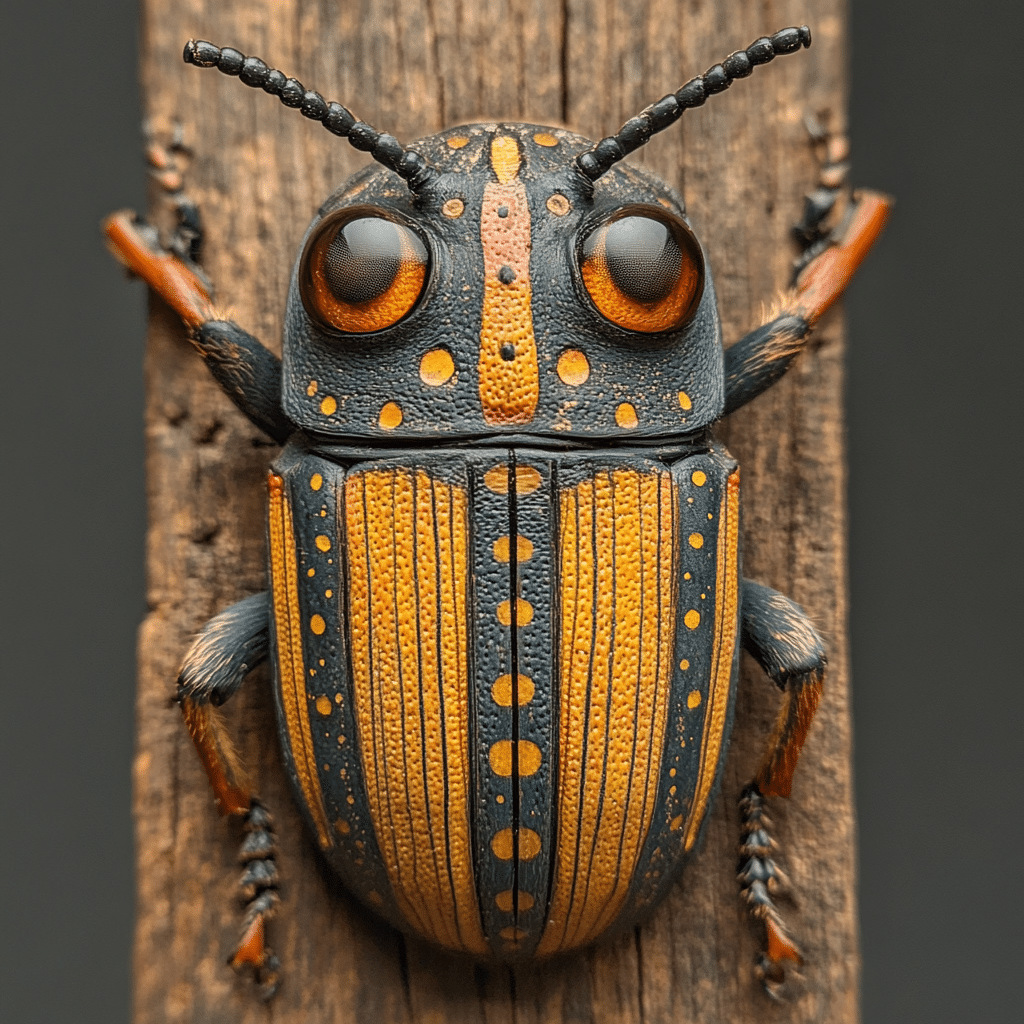
Behavioral Observations
Let’s talk about love in the beetle world. During the mating season, male eastern eyed click beetles engage in elaborate courtship displays, performing aerial dances that can appear choreographed. Each synchronized move is a visual lure intended to attract females. But these beetles aren’t just about looks! Research suggests they also communicate through chemical signals to enhance their mating success. The complexity of their interactions adds a whole new layer to our understanding of these fascinating creatures.
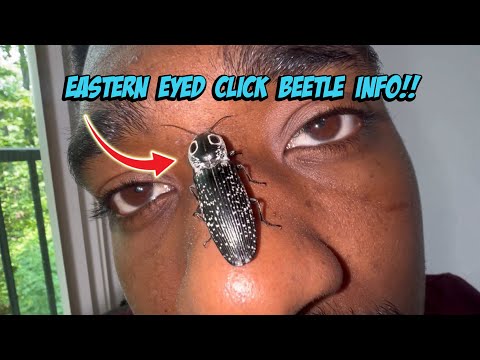
Conservation and Threats
Every rose has its thorn, and the eastern eyed click beetle isn’t free from threats. Habitat destruction, mainly due to urbanization and pesticide use, poses significant risks to their populations. Although they’re not considered pests and seem resilient, maintaining healthy populations of eastern eyed click beetles is vital for our ecosystems. Conservation measures focusing on habitat preservation and sustainable farming practices can help ensure that these essential beetles thrive for generations.
Final Insights on the Eastern Eyed Click Beetle
In closing, the eastern eyed click beetle is more than just a curious creature; it’s an essential participant in ecological balances, aiding in pollination and decomposition. Understanding this beetle can provide insight into the health of our environment and the interconnectedness of species within it. Raising awareness and supporting conservation efforts will help preserve this extraordinary beetle, enhancing our natural world for years to come.
So, next time you’re wandering through a garden or forest, remember—there’s more beneath the surface than what meets the eye, and you might just spot an eastern eyed click beetle doing its part to keep our ecosystems thriving!
Discovering the Eastern Eyed Click Beetle
Eye-Catching Characteristics
The eastern eyed click beetle is nothing short of a marvel in the insect world. One of its most notable features is its stunning false eye spots on the pronotum, which can startle predators. This clever adaptation might remind some of playful movie tropes, like those found in Ernest Scared stupid, where surprises lurk just when you least expect them. Interestingly, these spots can mislead potential threats, allowing the beetle to escape – talk about a neat trick!
Another fascinating aspect of the eastern eyed click beetle is its ability to “click.” This click mechanism isn’t just for show; it can catapult the beetle into the air when it’s flipped over. It’s quite the spectacle, much like the charming antics you’d find at the Dutch Country farmers market, where surprises and delights await around every corner. The beetle’s clicking has been an inspiration for researchers, who study it much like the questions posed in the Baltimore Catechism, seeking to understand deeper meanings behind nature’s designs.
Life Cycle and Behavior
Beyond its looks, the life cycle of the eastern eyed click beetle is intriguing. The larvae are called wireworms, a name that might evoke an image of wires tangled like some dramatic scenes in horror films. Surprisingly, these larvae have a significant role in ecosystems, breaking down organic material and enriching the soil. This relationship with the earth highlights the importance of each creature, similar to how we must be mindful about what to say to someone who’s mom is dying – every action and interaction matters.
Furthermore, these beetles prefer a moist habitat, often found in woodlands or grasslands. They thrive in a rich ecosystem that reminds us of a well-tended garden. To see these beetles in action is a reminder of life’s wonders, much like stumbling upon a charming scene of a bear standing up, equally surprising and endearing. The eastern eyed click beetle serves as a crucial link in its food web, ensuring a balance in nature’s dance. So, next time you’re out exploring, keep an eye out for this fascinating insect!
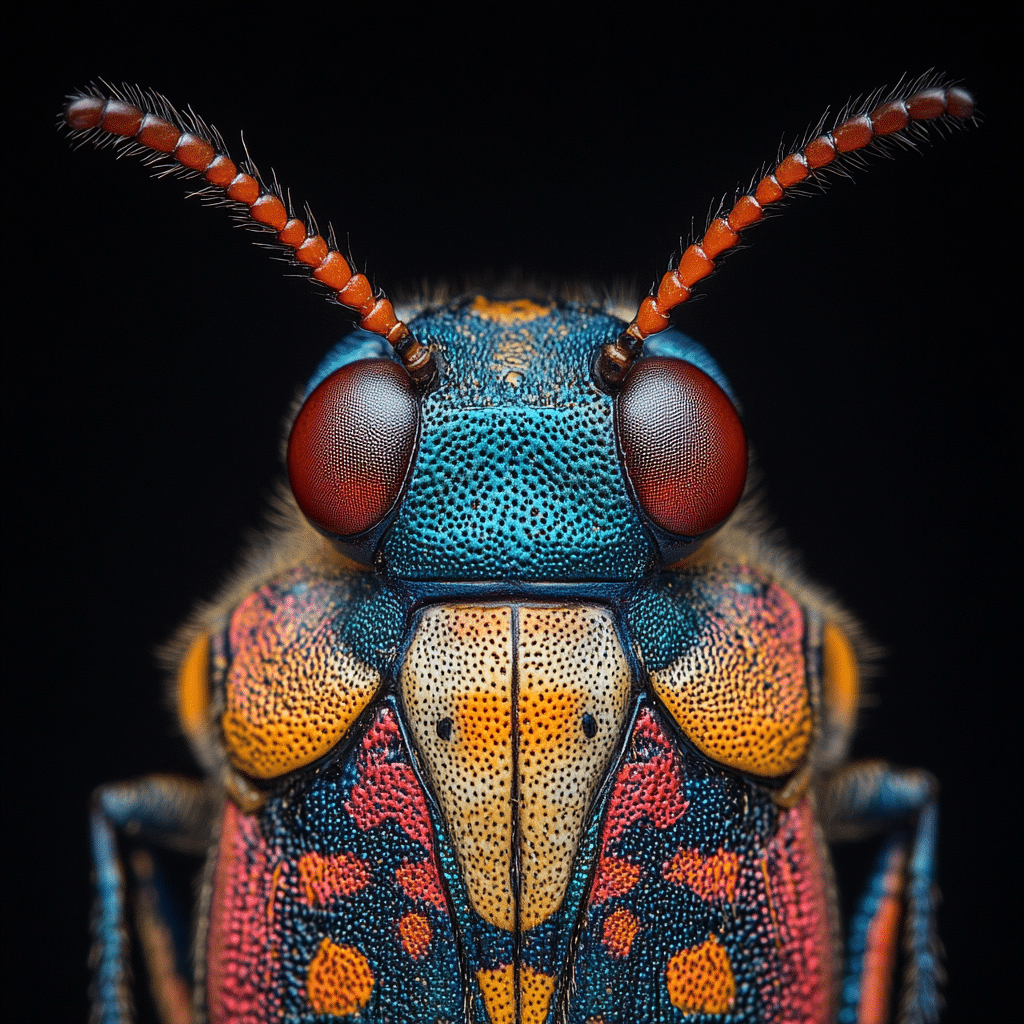
Are eastern eyed click beetles harmful?
Eastern eyed click beetles aren’t harmful at all. They can bite if mishandled, but they don’t pose any health risks to people.
How rare are eyed click beetles?
Eyed click beetles aren’t super rare, but they’re not the most common either. You can find them among about 1,000 species of click beetles in North America.
Can click beetles sting?
Click beetles don’t sting, but they might bite if you’re holding one too tightly. Just remember, they don’t go after people; they’re pretty chill.
Where do Eastern eyed click beetles live?
These beetles are mostly found throughout the eastern United States, from Quebec all the way to Florida, and even over to Texas and South Dakota.
Should I worry about click beetles?
There’s no real reason to worry about click beetles. They’re harmless and just going about their beetle business.
Are click beetles same as roaches?
Click beetles and roaches are not the same at all. Click beetles belong to a different family and have some unique features that set them apart.
What attracts click beetles?
Click beetles are attracted to light, so if you see them hanging around, they might’ve just been drawn in by your porch light or something similar.
How to get rid of Eastern Eyed Click Beetle?
If you want to get rid of Eastern eyed click beetles, you can simply catch and release them outside, as they’re not damaging your home.
Where do click beetles nest?
These beetles don’t really build nests like some critters. They often hang out in decaying logs where their larvae can find plenty to eat.
Why is a click beetle in my bed?
You might find a click beetle in your bed by accident, usually because they were attracted to light or your warmth—no need to panic about it!
Do click beetles pretend to be dead?
Click beetles do have a party trick where they can pretend to be dead. It’s a defense mechanism they use to avoid predators.
Do eastern eyed click beetles fly?
Eastern eyed click beetles can fly, and you might see them buzzing around, especially at night when they’re attracted to lights.
Are Eastern eyed click beetles beneficial?
They’re not beneficial in the sense of helping gardens or crops, but they help in the ecosystem by feeding on other insects in decaying wood.
What animals eats click beetles?
Some animals like birds and larger insects will munch on click beetles, keeping their population in check naturally.
What does an eyed click beetle eat?
The eyed click beetle’s larvae feed on other insects, especially those living in decaying wood, like Bess beetle larvae and other wood-boring beetles.

